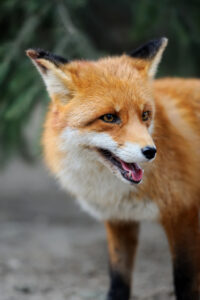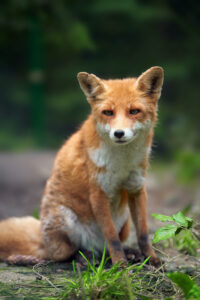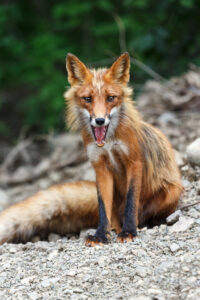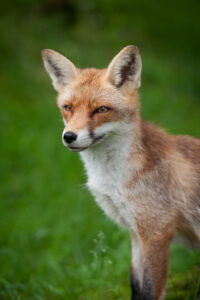The red fox, known scientifically as Vulpes vulpes, is one of the most iconic and widespread mammals in the world. With its fiery red coat, bushy tail, and sharp intellect, the red fox has captured the imagination of many cultures throughout history. In this article, we'll delve deep into the world of the red fox, uncovering some truly fascinating facts about this remarkable creature.
Key Takeaways
- Red foxes are incredibly adaptable and can be found in a variety of habitats.
- They have a diverse diet and are not strictly carnivorous.
- Their communication methods are intricate, using both vocalizations and body language.
- Red foxes play a vital role in many ecosystems, controlling pest populations.
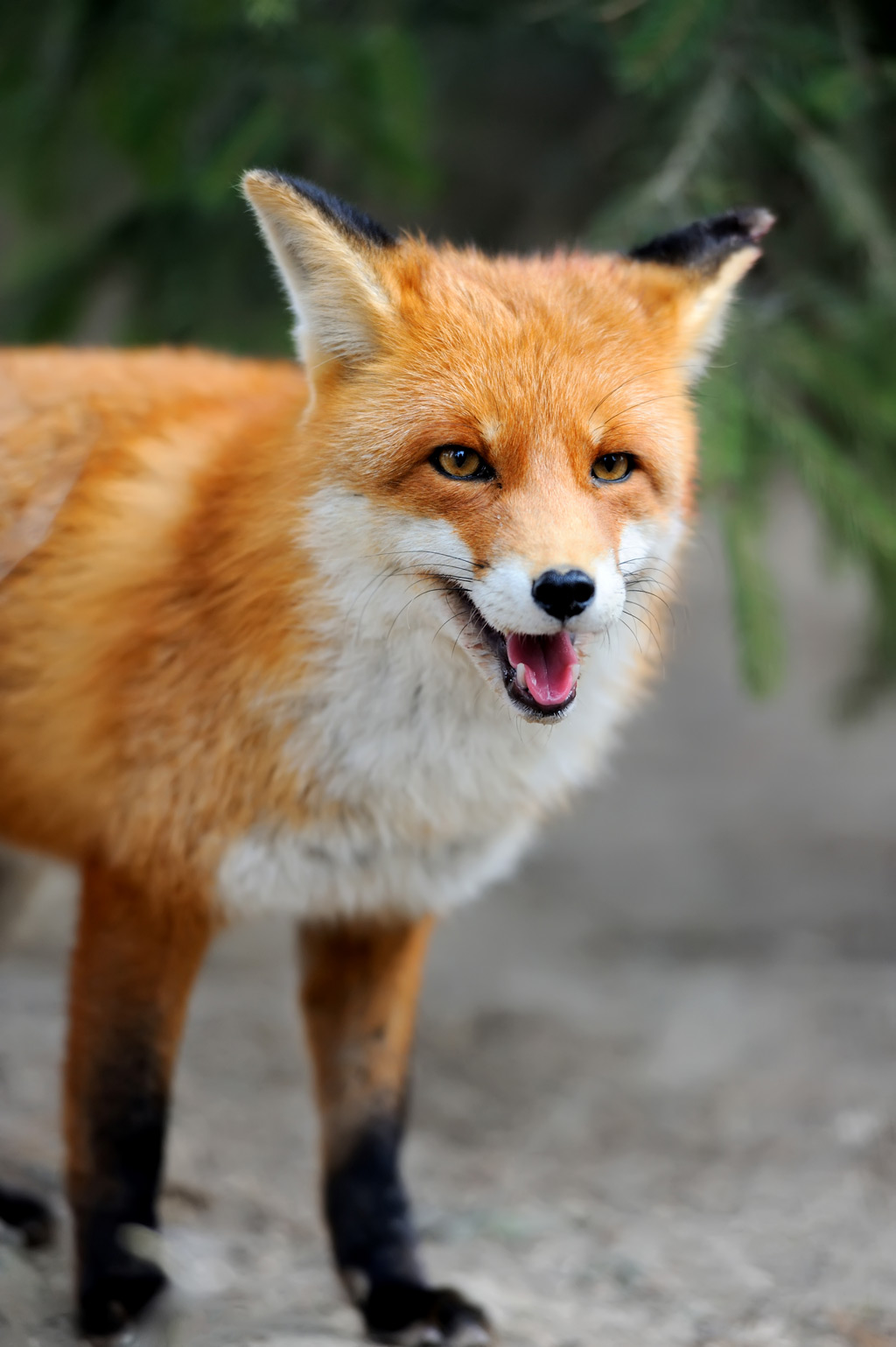
A Global Presence
Red foxes are the most widely distributed wild carnivores in the world. They are native to North America, Europe, Asia, and North Africa. Due to their adaptability, they have also been introduced to Australia and are now widespread there.
Not Just Carnivores
While red foxes are known to hunt small mammals, birds, and insects, they are not strictly carnivorous. They are omnivores, which means they also eat fruits, vegetables, and even fungi. This diverse diet allows them to thrive in various environments.
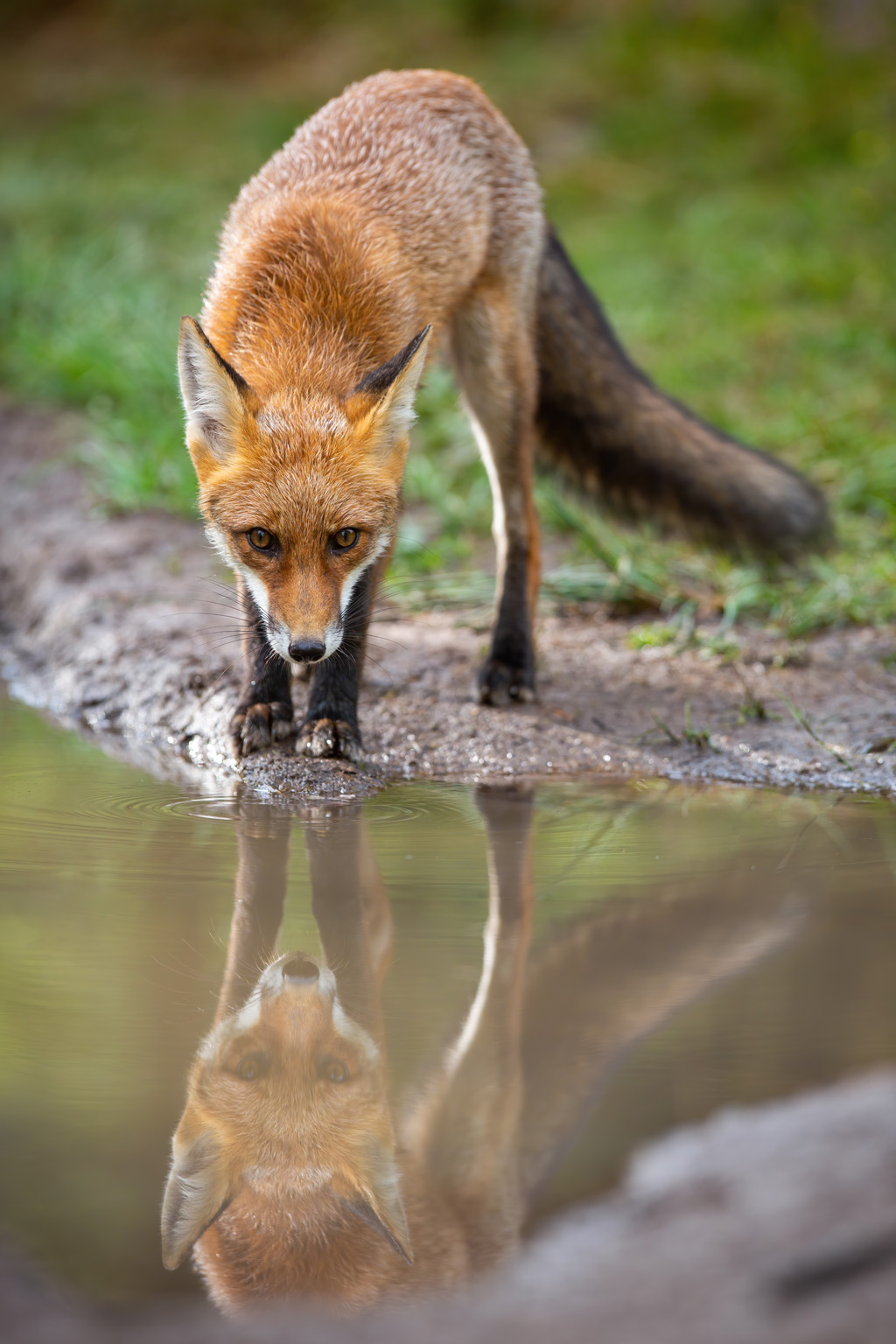
Masters of Adaptation
Red foxes can be found in a wide range of habitats, from deserts to forests, urban areas to tundras. Their adaptability is one of the reasons they are found in so many different parts of the world.
Communication Experts
Red foxes have a range of vocalizations, from barks to screams, which they use to communicate with each other. They also use body language, especially with their bushy tails, to convey messages to other foxes.
A Varied Coat
While the classic image of a red fox features its iconic reddish-brown coat, these animals can come in a variety of colors. There are silver, black, and even cross morphs, which feature a combination of colors.
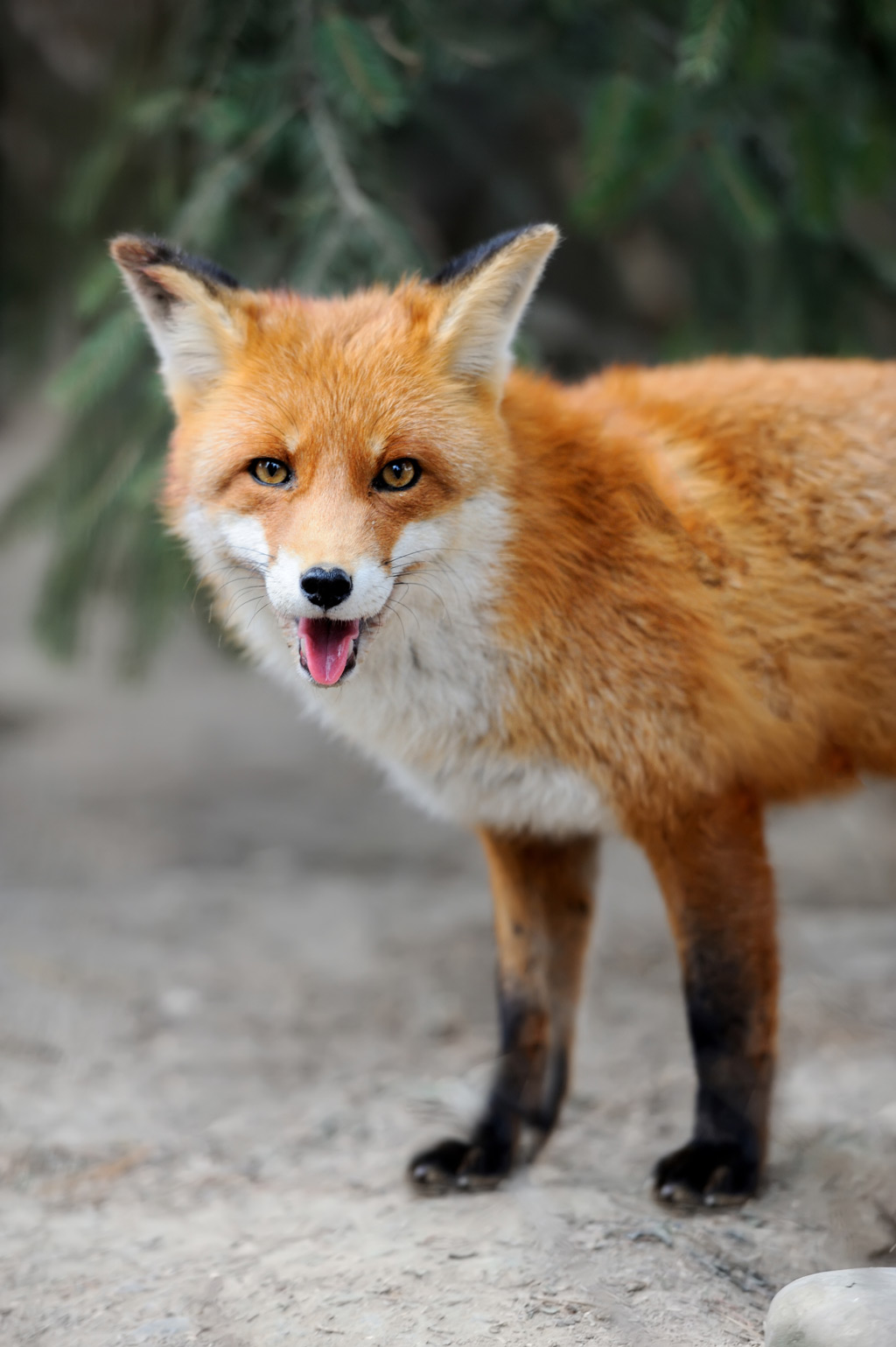
Night Vision
Red foxes are crepuscular, which means they are most active during the dawn and dusk. Their eyes are adapted for low light conditions, allowing them to hunt efficiently even when it's dark.
Solitary Hunters
Unlike wolves that hunt in packs, red foxes usually hunt alone. They employ a unique hunting technique where they locate their prey by sound and then leap high in the air to pounce on it.
Role in the Ecosystem
Red foxes play a crucial role in controlling populations of small mammals and insects in their habitats. By keeping these populations in check, they help maintain a balance in the ecosystem.
Lifespan and Reproduction
Red foxes have a relatively short lifespan in the wild, usually living up to 3-4 years. However, in captivity, they can live up to 14 years. They mate once a year, and the female, called a vixen, gives birth to a litter of 4-6 pups.
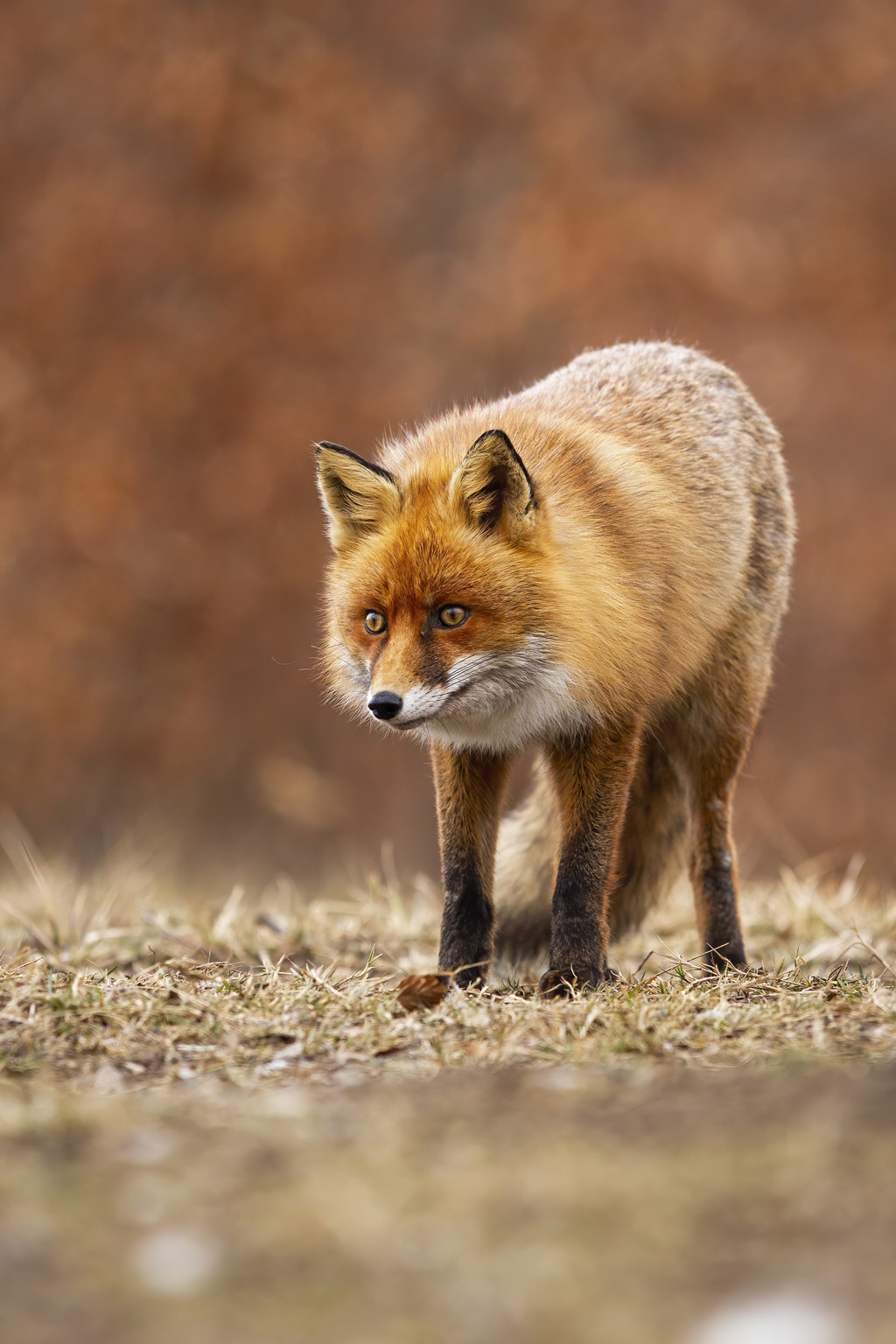
Threats and Conservation
While red foxes are not currently endangered, they face threats from habitat loss, hunting, and road accidents. Conservation efforts are in place in various parts of the world to ensure their survival.
Frequently Asked Questions About Red Foxes
What is the scientific name of the red fox?
The scientific name of the red fox is Vulpes vulpes. It belongs to the Vulpes genus, which comprises 12 species, including the big-eared Fennec fox, the all-white Arctic fox, and the Bengal fox. The larger taxonomical family to which the red fox belongs is called Canidae, which also includes wolves, domesticated dogs, and all other foxes. Learn more here.
What do red foxes eat?
Red foxes are omnivores. The bulk of their diet consists of rabbits, mice, voles, birds, frogs, fish, eggs, and even dead carrion. They also consume fruits and vegetables as a secondary source of food. When in proximity to human habitats, they might consume leftover garbage or pet food. On average, a red fox needs to eat between 1.1 to 2.2 pounds of food daily. More on their diet here.
Where can you find red foxes?
Red foxes are native to the Northern Hemisphere, encompassing North America, Europe, most of Asia, and North Africa. They were introduced to Australia in the 19th century. They have adapted to various habitats, including forests, grasslands, tundras, prairies, mountains, and deserts. Detailed habitat information here.
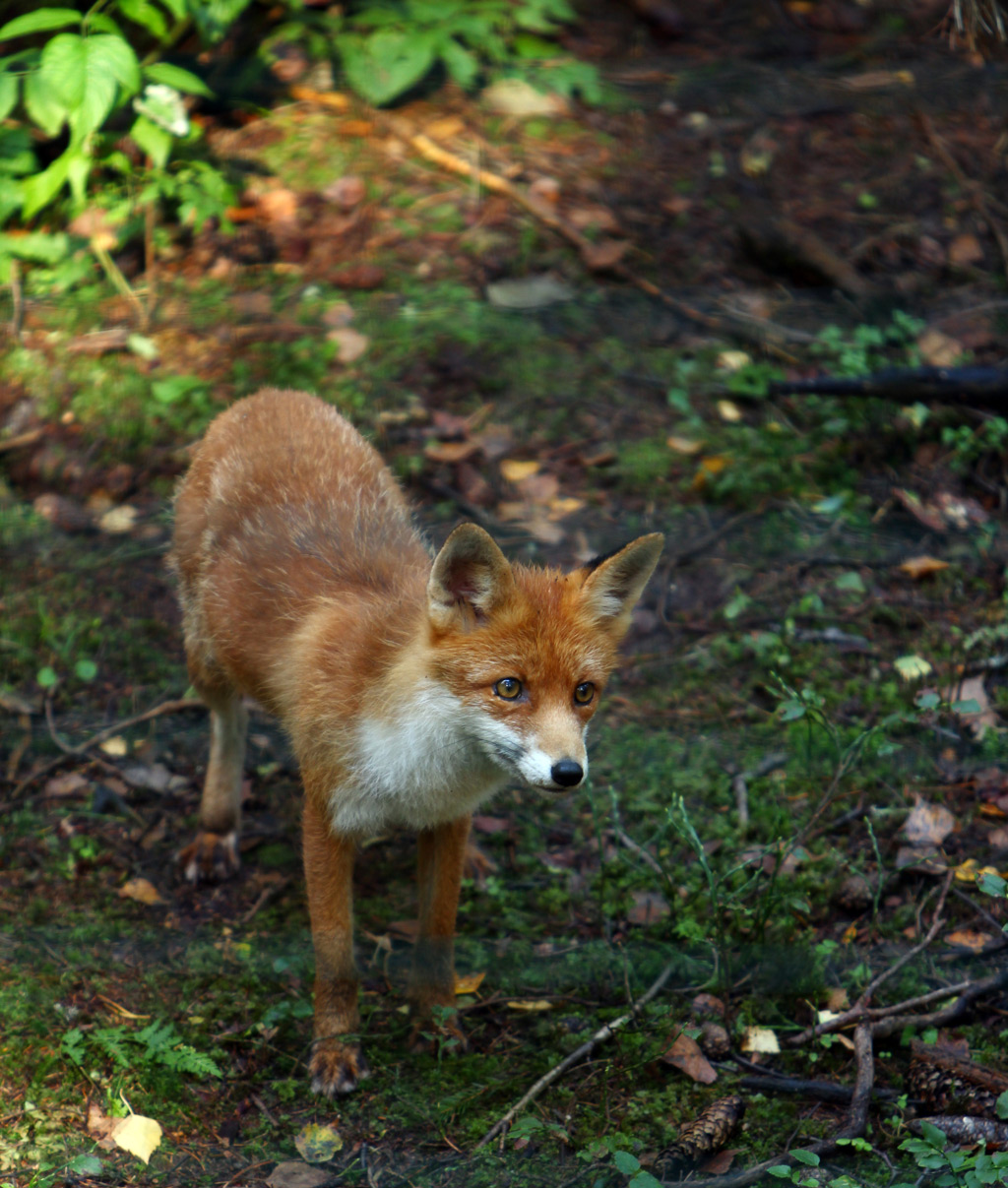
How do red foxes communicate?
Red foxes have a rich communication system. They utilize body language, especially with their ears, tails, and posture, to convey various social cues. They also mark their territories using scents from urine, feces, and body glands. Additionally, they have 28 different vocalizations, including variations of barks and whines, to interact with each other.
Are red foxes dangerous to humans?
Red foxes generally pose no threat to humans and prefer to flee rather than confront. However, if provoked or cornered, they might bite, necessitating medical attention.
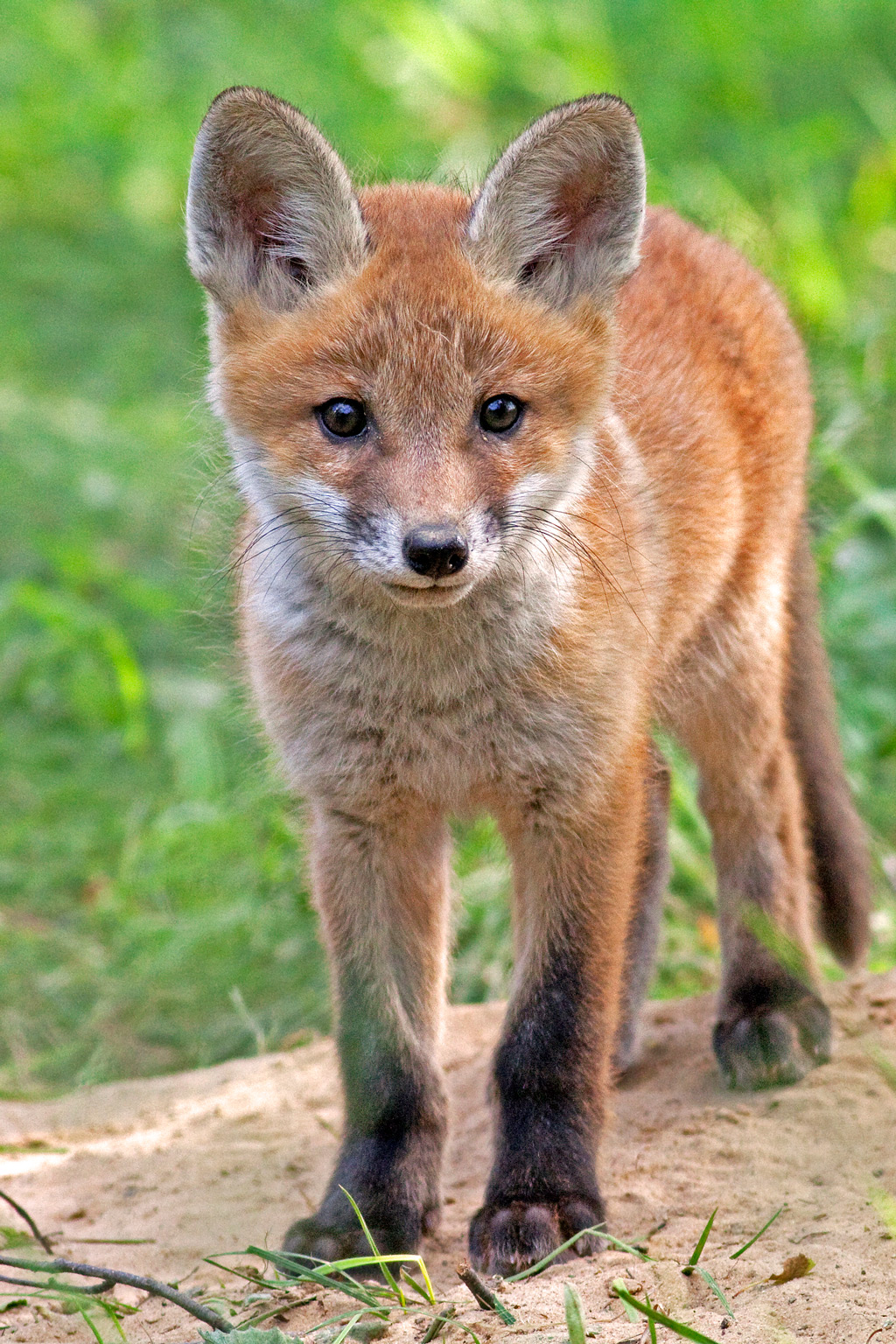
How long do red foxes live?
In the wild, red foxes have a life expectancy of about two to four years. Predators, diseases, or accidents often cut their lives short. In captivity, where they are shielded from most threats, they can live up to 10 to 12 years.
How do red foxes reproduce?
Red foxes can be monogamous or polygamous. Mating season typically occurs in winter or early spring. After a gestation period of 56 to 70 days, the female gives birth to a litter of up to 13 kits, though the average is five. Both parents and older siblings play a role in raising the kits.
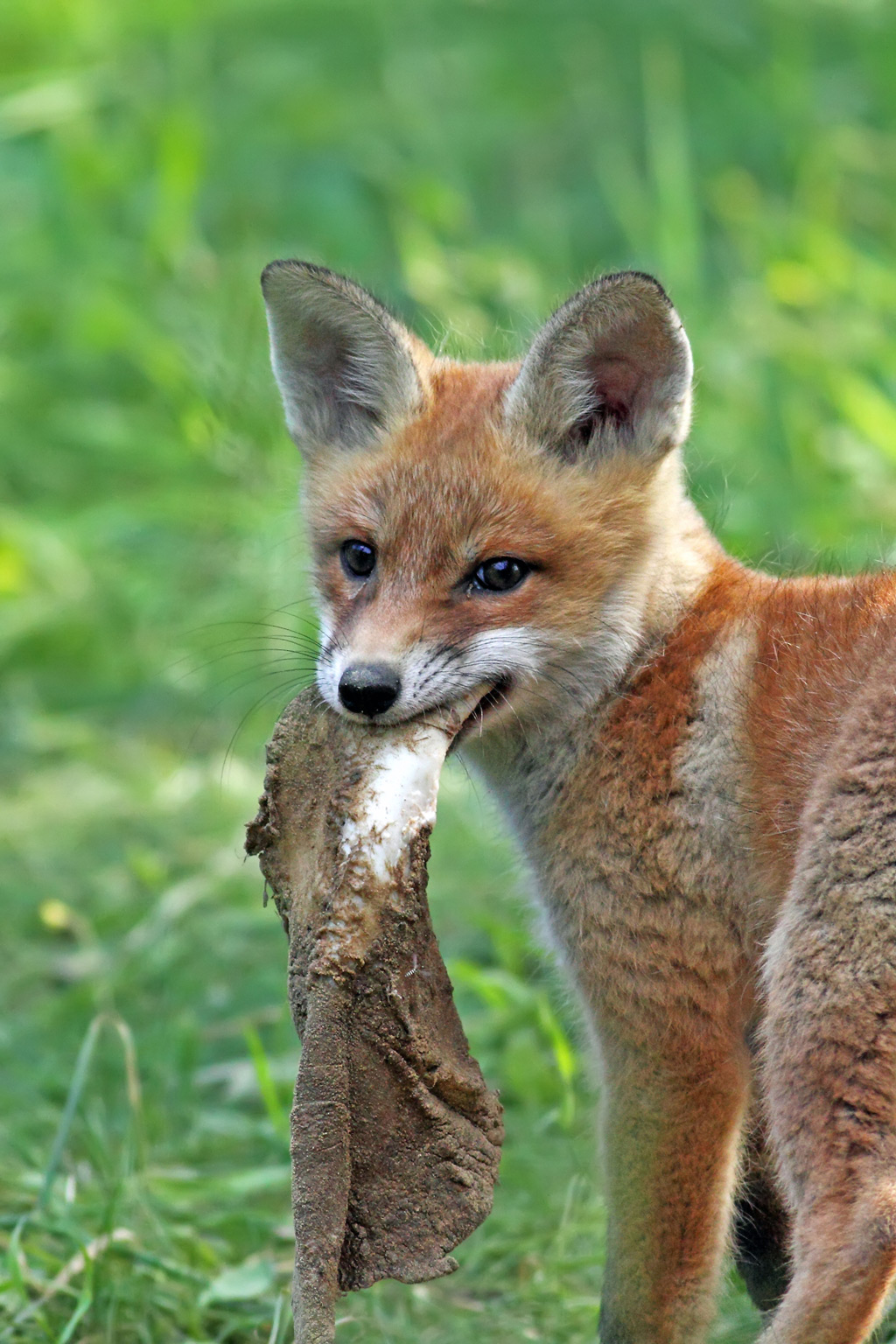
Are red foxes endangered?
No, red foxes are not endangered. They are one of the most widespread carnivorous mammalian species globally. The IUCN Red List classifies them as a species of least concern, meaning they don't require special conservation efforts.
How fast can a red fox run?
A red fox can run at speeds of up to 30 mph and can leap more than 6 feet in the air. Their agility and speed are crucial for hunting and evading predators.
Do red foxes live in groups?
Unlike wolves, red foxes do not form packs. They maintain territories with one adult male, one or two adult females, and their offspring. These territories can range from 5 to 20 square miles, depending on the availability of resources.

